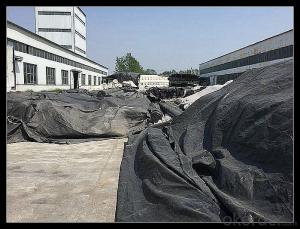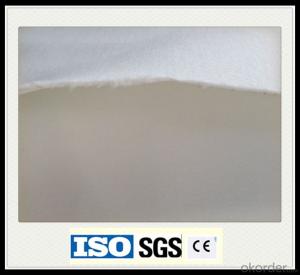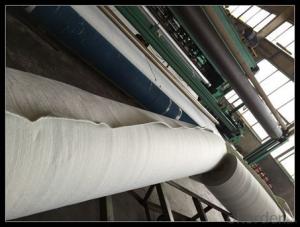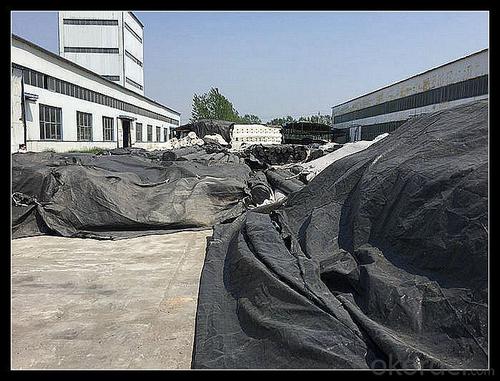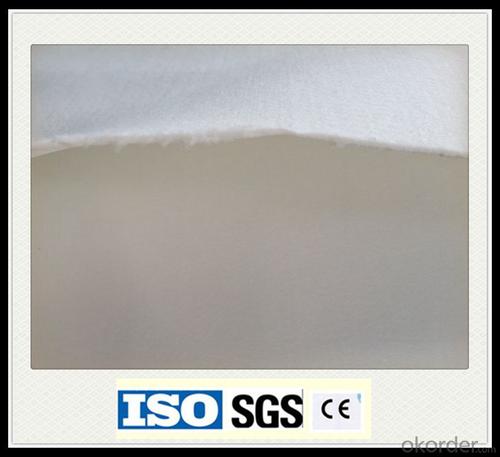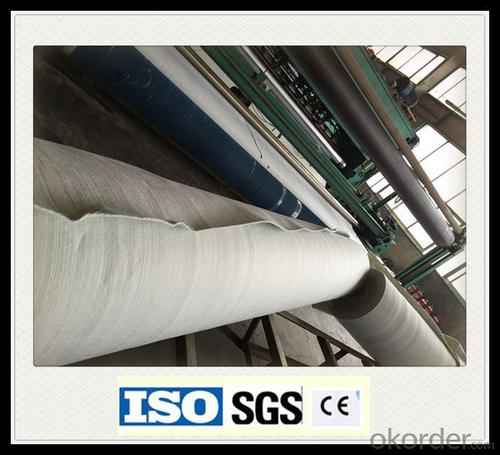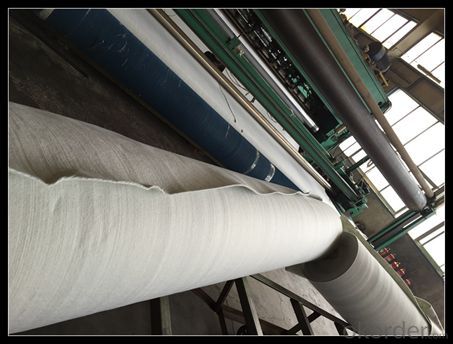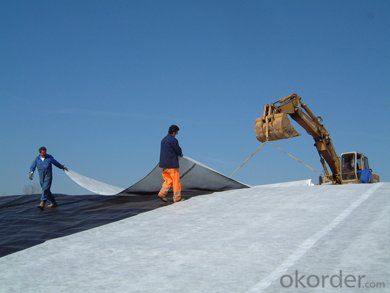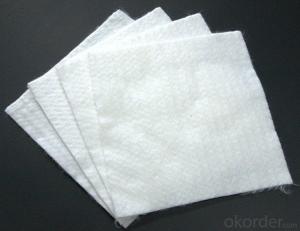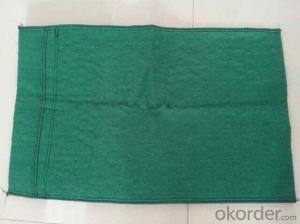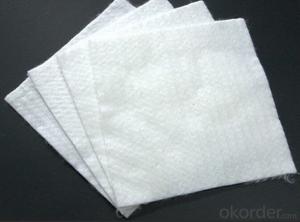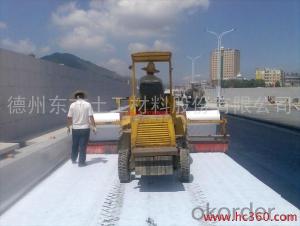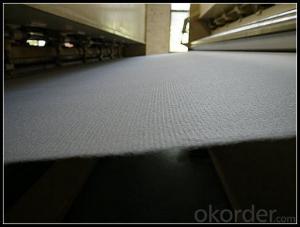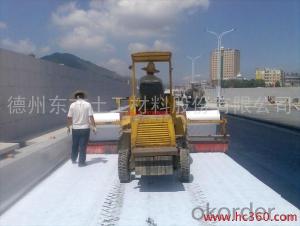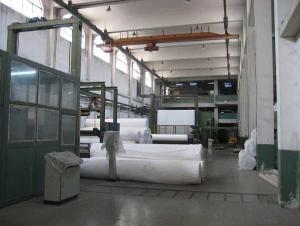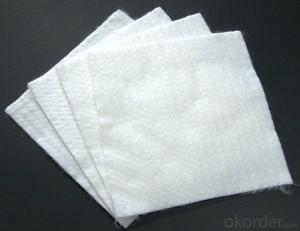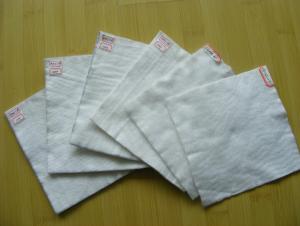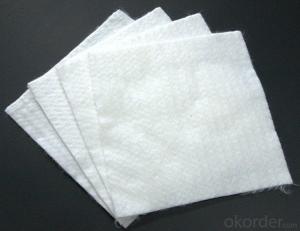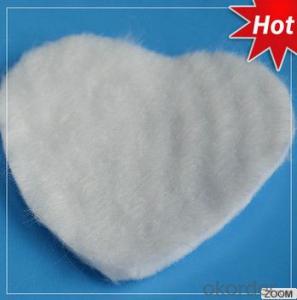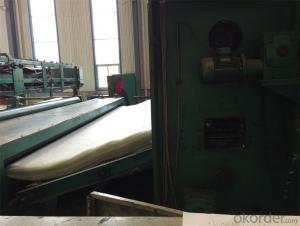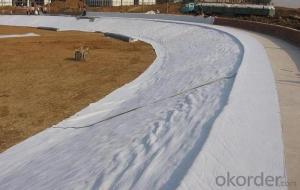Geotextil De Poliéster Needle Punched Nonwoven Geotextile PP Polypropylene Roll for Railway Construction
- Loading Port:
- China main port
- Payment Terms:
- TT OR LC
- Min Order Qty:
- 1000 g/m²
- Supply Capability:
- 100000 g/m²/month
OKorder Service Pledge
OKorder Financial Service
You Might Also Like
Specification
Type:
Geotextiles, Nonwoven Geotextile woven Geotextile
Place of Origin:
Shandong, China (Mainland)
Brand Name:
CMAX
Geotextile uses:
Filter: Geotextile fabric is an excellent filtering medium as it allows fluid to pass through the fabric yet retains fine particles, as you would see in an aggy drain. Great for wrapping perforated pipes and rock to create a path for fluid to pass though yet keep the fines out. Another large use in Australia is in the construction of a landfill cell, where filter geotextile sits atop the filtration rock separating the waste material placed on top allowing the leachate to pass through down to the liner.
Separate: Geotextile when used as a separation layer prevents two different fill materials such as aggregate and soil from combining. When used correctly the geotextile will increase the life span of the civil project, allowing the two separate layers to perform as designed for longer.
Protection: Geotextile when used as a protection layer acts as a cushioning barrier between the geosynthetic lining system and other layers of the dam or landfill cell. Generally the larger mass rolls of geotextile provide the best cushioning protection. As a protection barrier it helps prevent puncturing and leaks from external forces coming into contact with the liner.
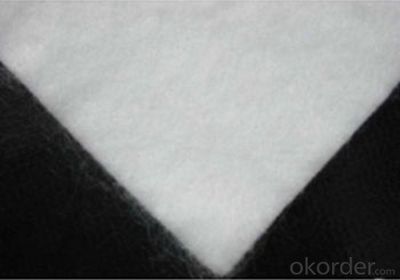
FAQ:
Q: What kind of payments does jenor support?
A: T/T, L/C, Cash are accepted.
Q: Do you charge for the samples?
A: Accordeing to our company policy, the samples are free, we only charge the freight fee. And we will return the freight fee during the next order.
Q: Can you produce according to customers' design?
A: Sure, we are professional manufacturer, OEM and ODM are both welcome.
Q: Do you have other products?
A: Yes, please check the pictures:
- Q: Where is the geotextile
- Permeable geotextile is generally used in the railway roadbed reinforcement, road maintenance, sports museum, dam protection, water structural isolation, then hole, coastal beach, reclamation, environmental protection, landscaping and other projects.
- Q: How many meters from the river pipe trench construction using geotextile reinforcement
- River slope protection, etc. can use my professional production of geotextile products. Thank you
- Q: Contracted geotextile impermeable membrane laying artificial one square how much money
- Professional construction team per person wages 200 plus machine costs 50-100 plus travel costs
- Q: How are geotextiles tested for durability?
- Geotextiles are typically tested for durability through a variety of methods such as tensile strength tests, puncture resistance tests, abrasion tests, and exposure to environmental conditions such as UV radiation and moisture. These tests assess the ability of geotextiles to withstand the stresses and strains they may encounter in their intended applications and ensure their long-term performance.
- Q: Geotextile exports Nordic need certification
- Production standards geotextile, geomembrane, composite geomembrane.
- Q: In the cofferdam construction process, geotextile materials after entering the need to arrange sampling test? Is there a specification? If the arrangements for testing, is to do physical experiments, or do chemical experiments, or do? More
- On the use of geotextile material, depending on whether the design requirements on the use of drawings, if required to use the method must be taken in the sampling inspection, the most commonly used two geotextiles GB / T-2008 is filament spunbond acupuncture Non-woven geotextile, GB / T-1998 is staple acupuncture non-woven geotextile, the general arrangements for testing are to do physical and mechanical properties (dynamic perforation, per unit area of quality, thickness, wide strip stretch, trapezoidal tear) other indicators Not mandatory
- Q: Can geotextiles be used in shoreline restoration projects?
- Yes, geotextiles can be used in shoreline restoration projects. Geotextiles are commonly used to stabilize and protect shorelines by preventing erosion, promoting vegetation growth, and controlling sediment migration. They act as a barrier, allowing water to pass through while preventing soil and sediment loss. By using geotextiles, shoreline restoration projects can effectively enhance and preserve the natural ecosystem.
- Q: How are geotextiles tested for strength and durability?
- Geotextiles are tested for strength and durability through various methods such as tensile testing, puncture resistance testing, tear resistance testing, and abrasion resistance testing. These tests involve subjecting the geotextiles to controlled forces, pressures, and wear to assess their ability to withstand different environmental conditions and loads.
- Q: How do geotextiles compare to traditional construction materials?
- Geotextiles are an innovative alternative to traditional construction materials. Unlike traditional materials such as concrete or asphalt, geotextiles offer numerous advantages. They are lightweight, easy to install, and highly flexible, allowing for efficient and cost-effective construction. Geotextiles also provide excellent erosion control, soil stabilization, and drainage capabilities. Furthermore, they are environmentally friendly, as they allow for natural filtration and groundwater recharge. Overall, geotextiles surpass traditional construction materials in terms of versatility, durability, and sustainability.
- Q: What are the factors to consider when selecting geotextiles?
- When selecting geotextiles, there are several factors that should be considered. These include the intended application or project, the required strength and durability, the desired permeability and filtration properties, the site conditions and environmental factors, as well as the cost and availability of the geotextiles. It is important to choose a geotextile that is suitable for the specific requirements of the project and can effectively perform its intended function.
Send your message to us
Geotextil De Poliéster Needle Punched Nonwoven Geotextile PP Polypropylene Roll for Railway Construction
- Loading Port:
- China main port
- Payment Terms:
- TT OR LC
- Min Order Qty:
- 1000 g/m²
- Supply Capability:
- 100000 g/m²/month
OKorder Service Pledge
OKorder Financial Service
Similar products
Hot products
Hot Searches
Related keywords
